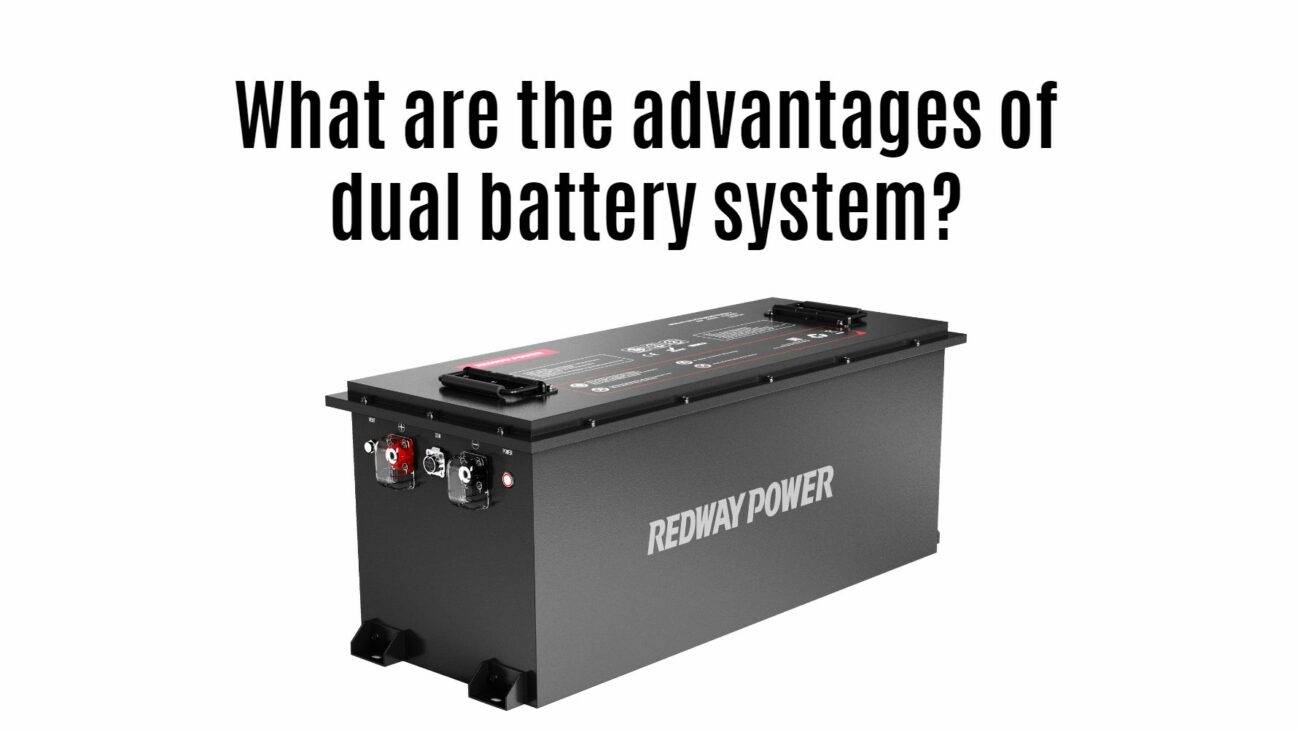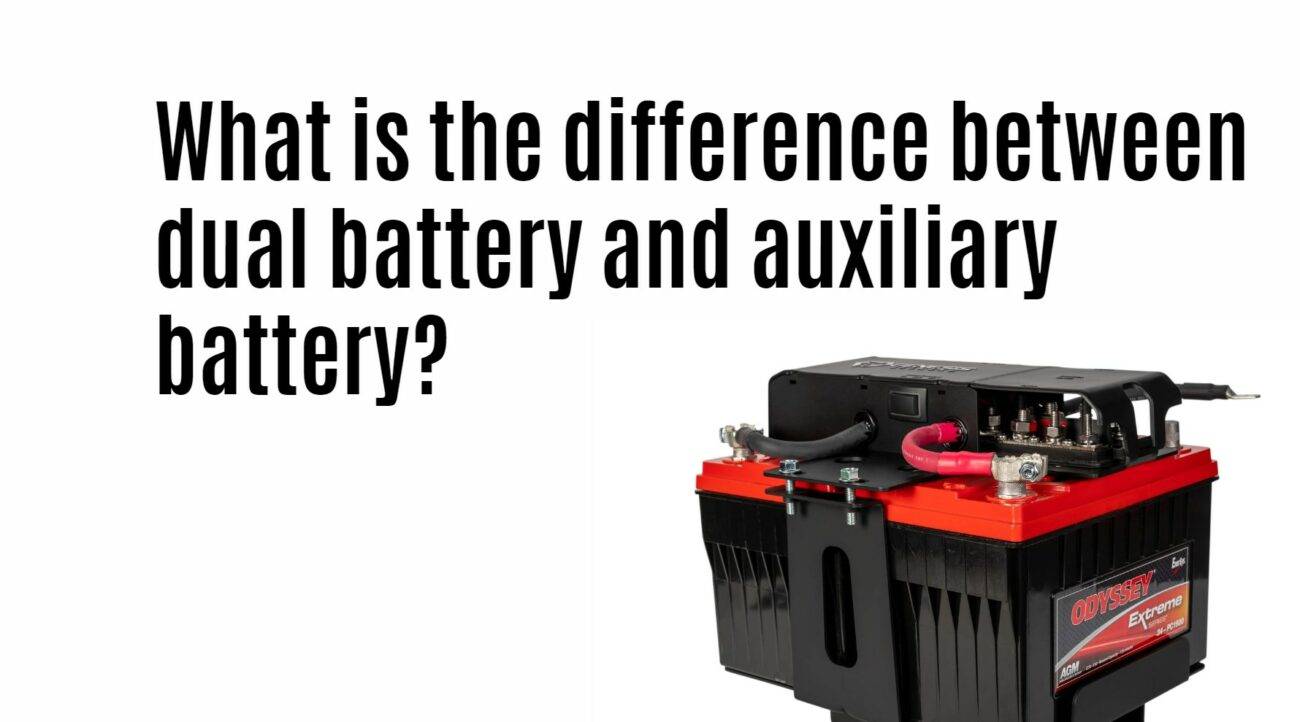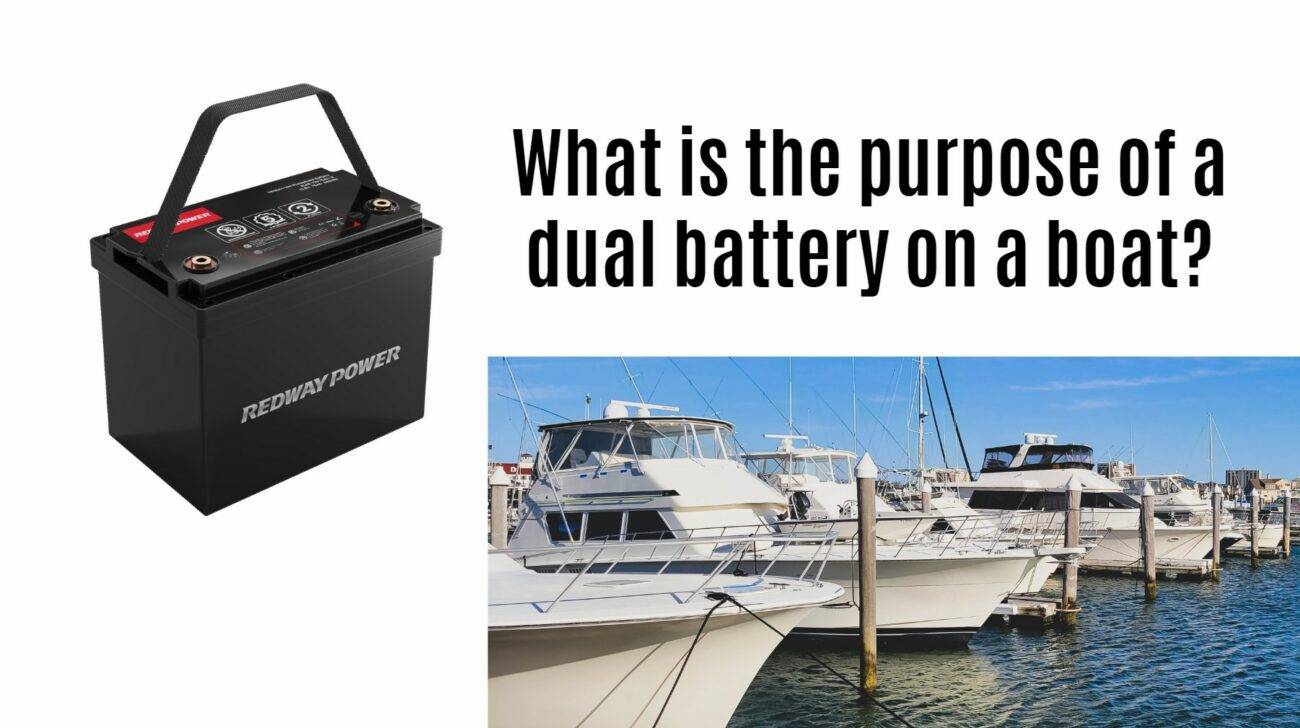For a dual battery setup, consider deep cycle, AGM, or lithium batteries. Deep cycle batteries handle repeated discharges, ideal for off-road vehicles or RVs. AGM and lithium are durable with high energy density. Choose based on power needs and budget.
The concept of dual battery systems
Dual battery systems keep your devices powered during adventures. One battery starts the engine, while the other runs lights, fridges, or camping gear. These systems include isolators to manage charging. Versatile for vehicles like RVs or boats, they ensure uninterrupted energy. Enjoy reliability and peace of mind on your journeys!
Picture this: You’re on a thrilling road trip when your vehicle starts losing power. What if you had a backup plan? That’s where dual battery systems come in.
- Backup Power: Dual battery setups use two batteries – one starts the engine, the other powers accessories like lights or fridges.
- Versatile Solution: They’re not just for cars; they work in RVs, boats, and more.
- Reliability: With separate batteries, you won’t risk draining your main one during adventures.
So, whether you’re camping or cruising, dual batteries ensure you stay powered up and worry-free!
Types of batteries commonly used in dual battery setups
Common battery types for dual setups include lead-acid, AGM, lithium-ion, and gel cell batteries. Lead-acid offers reliability, AGM provides durability and faster charging, lithium-ion offers high energy density, and gel cell has a longer lifespan. Consider factors like electrical needs, budget, and space compatibility when choosing the best battery for your setup.
Let’s break down the common types of batteries used in dual setups:
- Lead-Acid Batteries: These are like the sturdy workhorses. They’re reliable and have been around for a long time, perfect for starting engines and powering basic electrical systems.
- AGM Batteries: These are like the upgraded version. They’re durable, charge faster, and need less maintenance, making them great for powering accessories like lights or fridges.
- Lithium-ion Batteries: Think of these as the high-tech option. They’re lightweight and pack a lot of power, ideal for longer trips or demanding electrical needs.
- Gel Cell Batteries: These are like the long-lasting ones. They have a gel-like electrolyte that makes them more durable, perfect for applications where reliability is key.
In conclusion, when choosing a battery for your dual setup, consider factors like reliability, durability, and power needs to ensure you pick the best option for your adventures!

Advantages and disadvantages of each type
Let’s explore the advantages and disadvantages of common battery types for dual setups:
- Lead-Acid Batteries: Affordable and robust, lead-acid batteries handle high currents well and provide steady power. However, they’re heavy, require frequent maintenance, and have shorter lifespans.
- AGM Batteries: Sealed and maintenance-free, AGM batteries resist vibrations and last longer than lead-acid ones. Yet, they’re pricier upfront.
- Lithium-Ion Batteries: Lightweight and durable, lithium-ion batteries offer fast charging and high energy density. Nonetheless, they come with a higher initial cost.
In conclusion, each battery type has its own pros and cons, so consider your budget and needs carefully before choosing the best option for your dual battery system.
Factors to consider when choosing the best battery for a dual battery system
Choosing the right battery for your dual battery system involves considering various factors:
- Vehicle Type and Usage: Understand your vehicle and how you’ll use it to select the appropriate battery type.
- Capacity and Power Output: Assess your electrical needs and choose a battery with sufficient power to meet demands without draining quickly.
- Size and Weight: Consider where you’ll mount the battery and opt for one that fits within space constraints and improves fuel efficiency.
- Maintenance, Durability, and Cost: Evaluate maintenance requirements, durability, and cost to ensure you choose a reliable and cost-effective option.
By weighing these factors and conducting thorough research, you can select the best battery for your dual system, ensuring reliable power for your vehicle and accessories.
Recommended batteries for different types of vehicles and usage needs
Selecting the right battery for your vehicle depends on its type and how you use it:
- Standard Cars: For everyday driving, consider maintenance-free lead-acid or AGM batteries. They offer reliable performance without frequent maintenance.
- Off-Road Vehicles: Opt for durable AGM or gel cell batteries with deep cycling capabilities. These can withstand rough terrain and provide consistent power for accessories like winches and lights.
- RVs and Campers: Choose high-capacity deep cycle batteries to support onboard appliances and electronics. AGM or lithium-ion batteries are ideal for extended trips, offering long-lasting power and fast charging.
- Marine Vehicles: Gel cell or AGM batteries are best for marine environments due to their resistance to vibration and deep cycling capabilities. They ensure reliable power for onboard electronics and accessories.
- Motorcycles and ATVs: Lightweight lithium-ion batteries are perfect for these vehicles, providing ample power without adding excess weight. They offer fast cranking and reliable performance in a compact size.
Consider your vehicle’s specific needs and usage patterns when selecting a battery to ensure optimal performance and longevity.
Maintenance and care tips for a dual battery setup
Maintaining a dual battery setup ensures its longevity and performance. Here’s how:
- Inspect Regularly: Check for damage, leaks, and corrosion on both batteries and ensure tight connections.
- Charge Properly: Follow a charging routine and ensure isolators or relays are working correctly.
- Protect from Elements: Place batteries in ventilated areas away from heat and sunlight, and use covers if needed.
- Keep Clean: Wipe battery surfaces regularly to remove dirt and grime.
- Clean Terminals: Use a wire brush to remove corrosion buildup on terminals.
- Monitor Fluid Levels: Check and top up fluid levels for flooded batteries.
- Handle Safely: Wear protective gear and avoid smoking near batteries.
- Use Regularly: Regular usage prevents sulfation and maintains battery capacity.
Follow these tips for a healthy dual battery system, and ensure to choose the right battery type for your vehicle’s needs for optimal performance!




